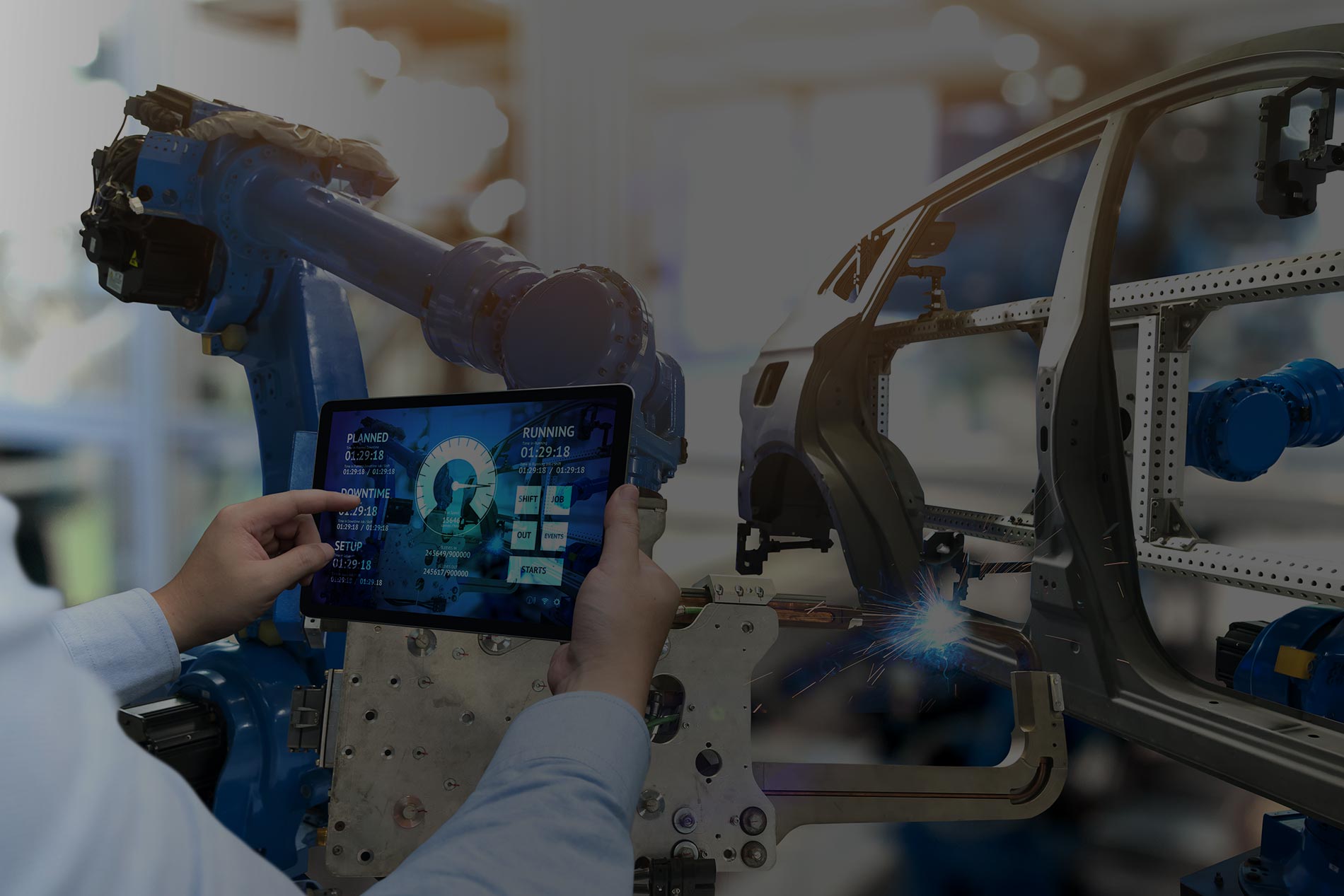

WHAT IS
AUTOMATION?
n): the technique of making an apparatus, process or system operate by mechanical or electronic devices in lieu of human labor or manual intervention
Automation isn’t just found in plants and factories. It’s all around us. From the phone calls we make, to how we heat our homes, to the roads we travel, automation is an integral part of everyday living.
Examples of everyday automation include traffic lights, HVAC controls, cars, smart elevators, robotics or transit systems.

WHAT IS INDUSTRIAL
AUTOMATION?
(n): the elimination or reduction of repetitive manual processes/tasks in an industrial environment or application through the substitution of labor with capital
Industrial Automation is the enabling of machines, installations and facilities to operate independently; a process of integrating industrial machinery to automatically perform tasks such as the controlling of speeds, the monitoring of sensor- and temperature-based specifications, or the converting of raw materials into finished goods.

WHY IS
INDUSTRIAL AUTOMATION
IMPORTANT?
Utilizing automation increases quality and flexibility in the manufacturing process, delivering improved productivity, safety, and profitability. Industrial automation helps our customers:
- Reduce Time to Market
- Lower Total Cost of Ownership
- Improve Asset Utilization
- Manage Enterprise Risks
The information collected from an automation system can be analyzed and shared throughout the enterprise. Connecting the dots of data is what helps to optimize production operations for a business.
The fast exchange of data among devices is made possible by the control system, some say the brains of the system.
WHAT IS A
CONTROL SYSTEM?
(n): A platform that manages, commands, directs or regulates the behavior of devices, machines and equipment
A CONTROL SYSTEM CONSISTS
OF
FIVE (5) CORE ELEMENTS:
- Input Devices
Devices that gather information - Controller
A computing unit that is programmed through design software to recognize an input signal, go through a decision loop, and send a specific output signal instructing an output device to take action - Output Devices
Receives instructions from the controller and drives an “action”; a typical output device is a drive that starts an electric motor, controls its speed, torque, etc - Human Machine Interface (HMI) / Visualization Hardware
and Software A screen or display through which an operator interacts with the Control System software - Network
Enables communication between the core elements of the control system
Examples of industrial automation include conveyor systems and automotive assembly lines.


Control systems ensure the technologies and devices employed in the manufacturing discipline function consistently in a secure environment, regardless of the scope or sophistication of the system.
CONTROL
DISCIPLINES
There are three types of control disciplines in industrial automation.
DISCRETE AUTOMATION
involves the assembly of engineered components into countable units such as automobiles, appliances, and electronics.
Discrete focuses on speed and positioning, etc.
HYBRID AUTOMATION
is where process and discrete exist in the same production environment to manufacture items like consumer packaged goods.
PROCESS AUTOMATION
is the the control and monitoring of continuous batch processes such as oil refining, paper manufacturing, chemical production and brewing.
Key variables: Temperature, pressure, viscosity, etc.
WHAT IS SMART
MANUFACTURING?
GLOBAL INITIATIVES DRIVING SMART MANUFACTURING
- Smart Manufacturing Leadership Coalition, NNMIs
- Innovate UK
- Industrie du Futur (France)
- Industrie 4.0 (Germany)
- Produktion 2030 (Sweden)
- China Manufacturing 2025
- Manufacturing Innovation 3.0 (South Korea)
- Industrial Value Chain Initiative (IVI) (Japan)
- Make in India
Smart Manufacturing leverages the digitization of existing and new data sources to improve productivity and deliver better business outcomes to the customer, such as reducing unplanned downtime, increasing energy efficiency, reducing waste etc.
Smart manufacturing is enabled by:
- Lower cost of connectivity
- Information technology – operational technology (IT-OT) convergence
- Scalable computing options
- Increased data availability
Over the past few years, we have seen government initiatives emerge to focus on research in next-generation technologies to drive smart manufacturing, to improve productivity, sustainability, and global competitiveness.

AUTOMATION
IS AN ATTRACTIVE
GLOBAL MARKET
MARKET DYNAMICS
From Europe to China to the U.S., the future of manufacturing is looking bright. Governments, industry leaders and early adopters have recognized the benefits of leveraging new technologies (for example, ethernet-based network infrastructure) in the manufacturing space and, in turn, are forming new strategies for increased productivity and long-term economic growth.
TOP SECULAR BUSINESS TRENDS DRIVING AUTOMATION ADOPTION
- Growing consumer demand in emerging markets
- Aging workforce
- Globalization
- Digitization
- Aging Industrial Equipment